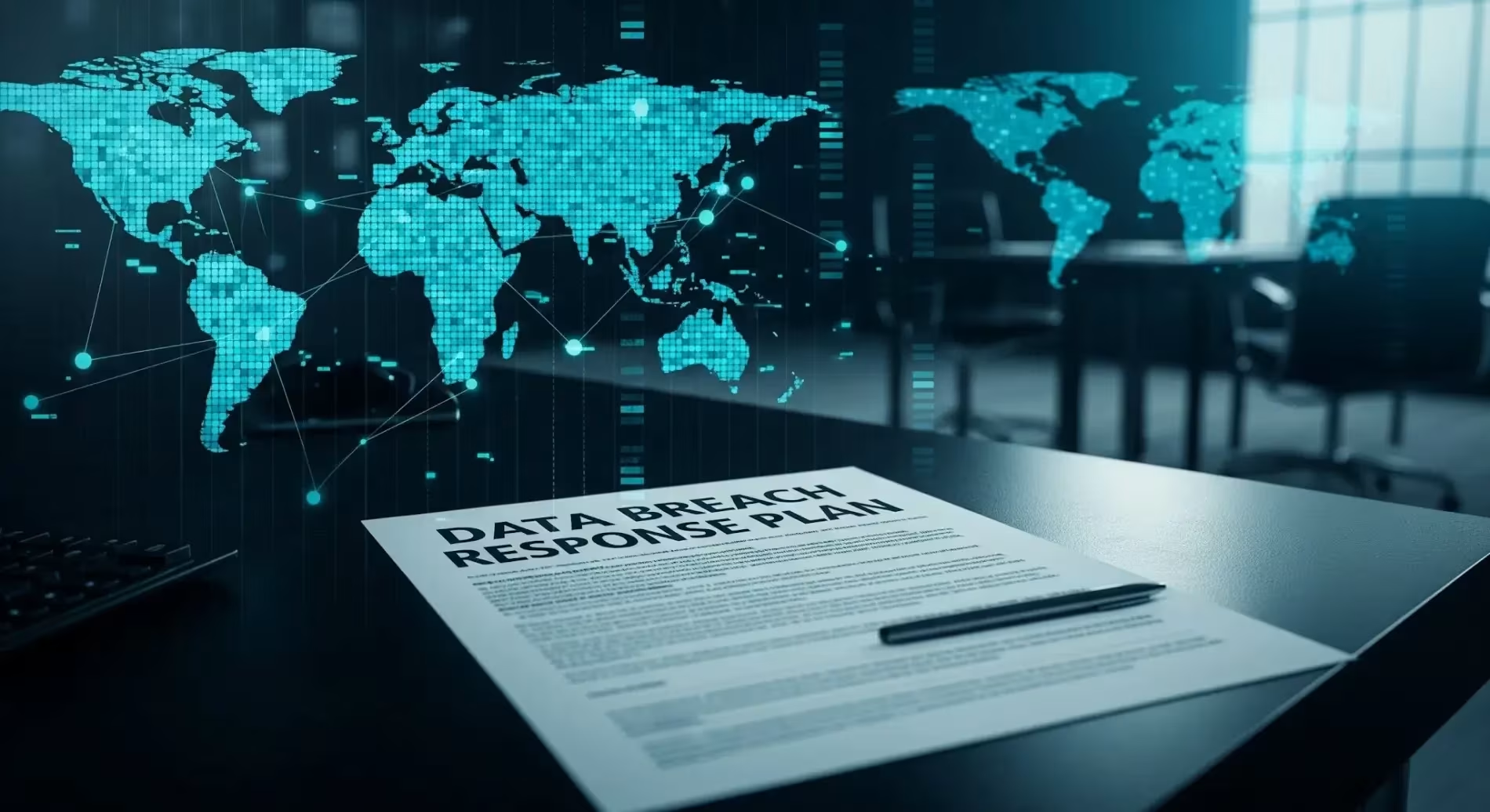All blog posts
From Risk-Mitigation to Resilience: A Cost-Benefit Perspective
When we approach emergency preparedness and critical event management within a resilience framework, we shift the mindset and the metrics by which we measure success.
No longer are we dominated by the narrowly focused fear-based pressures of risk assessment, prevention, containment and mitigation. No longer do we continue to think of what we will do ‘if’ an incident strikes. And we no longer see emergency preparedness as a cost to the business–a form of insurance–that will only pay off when disaster strikes.

When we reframe to focus on resilience, we accept that dealing with disruption and adversity is a part of life. And with a resiliency mindset comes the opportunity to drive growth even in the midst of turbulence, crisis and change. We begin to see emergency preparedness and critical event management as something more than just the cost of doing business or maintaining business continuity.
We see emergency preparedness and critical event management as enablers of a mindset, a culture, an organization and a world that invests in the capacity to thrive and prosper.
The Pivot from Risk to Resilience
Once we understand that there’s a correlation between investing in resilience and driving growth, we adopt a more comprehensive and holistic measurement of the metrics: moving beyond cost containment and risk mitigation to recognize and seize fresh opportunities for business continuity and growth.
If we see the impact in terms of a spectrum that moves from risk management to resilience-building, we can calculate the costs, benefits and mid to longer term impacts through a number of key assessment criteria. Below are just a few examples of how the shift from a risk-based approach to a resiliency mindset can help to understand the true costs and benefits of investing in an emergency preparedness and critical event management solution such as RAYVN.
Risk and Mitigation (Cost)
Investment in Resilience (Benefit)
Cost of Inaction: the cost you incur from not doing anything to prepare and manage incidents and drive growth.
Economic costs of SaaS-based solution
Save time, money and lives to protect and build human resilience: workplace safety / community security & safety
Cost of deployment, training and change
Gain improved anytime, anywhere emergency preparedness and response quickly with an easy-to-use solution
Cost of disaster preparedness
Improve risk assessment, preventative measures, mitigation, management and recovery capabilities
Risks & costs of downtime
Protect business continuity and drive growth: boost brand reputation, customer service and profitability
Incur collaboration-related risks and costs
Overcome barriers to collaboration and build partnerships, alliances and networks to create new opportunities for growth
Defend against cyber attacks, ransomware demands and downtime
Maintain business continuity–even when the organization’s network goes down
Reduce environmental risks and pay the costs to ensure compliance
Protect the environment and help drive sustainable growth for the organization and world
Reduce / contain insurance risks
Gain insights on how to prevent and mitigate risks through reporting, review and adaptation – submit any claims / reports more efficiently
Reduce environmental risks and pay the costs to ensure compliance
Protect the environment and help drive sustainable growth for the organization and world
Incur costs to reduce the economic risk of disruption
Invest to build stakeholder value and attract investment
Try RAYVN for free
Wondering if RAYVN is the right solution?
Get a fully functional RAYVN account to test drive its key features, verify it meets your needs, and see how easy it is to digitalize your emergency response plan.







